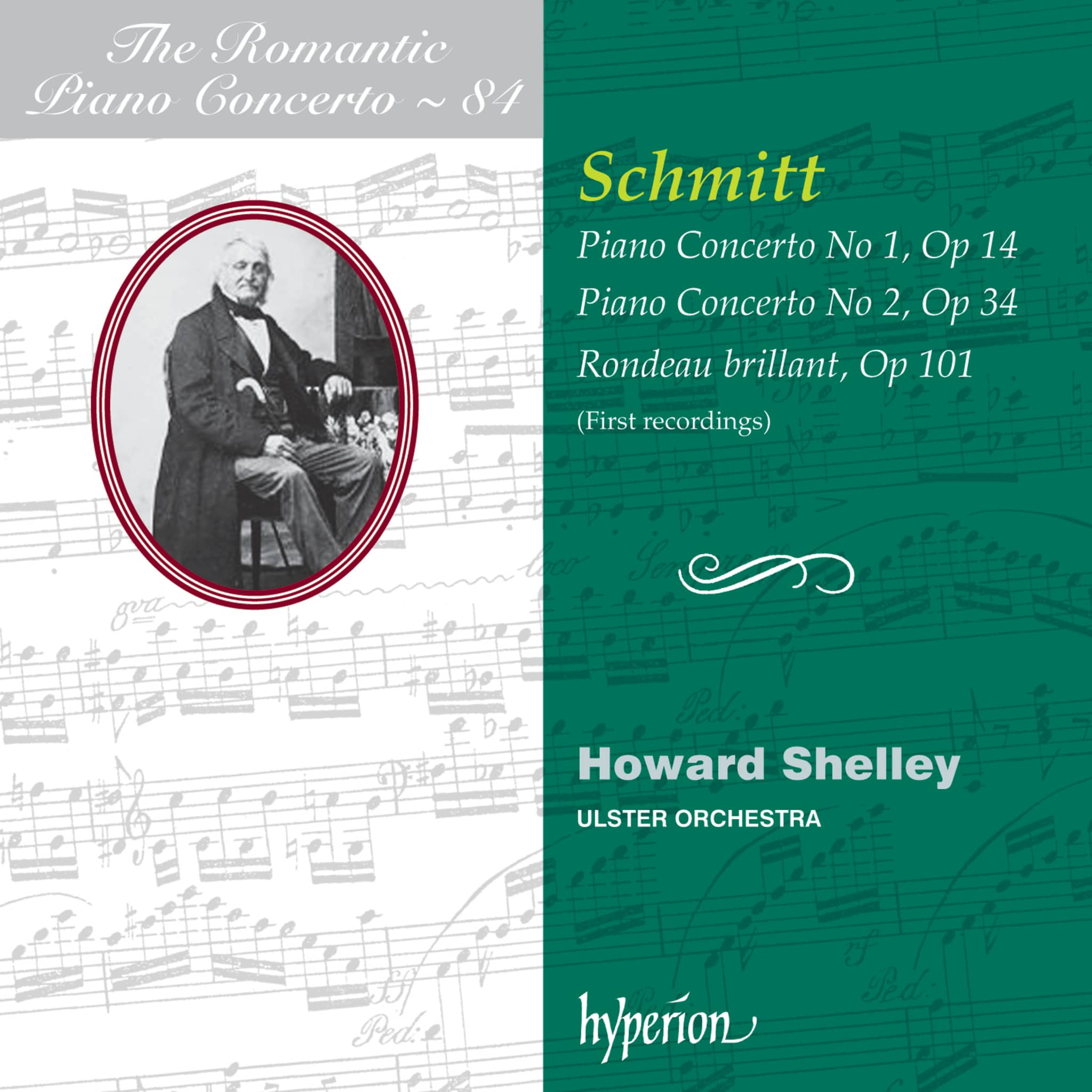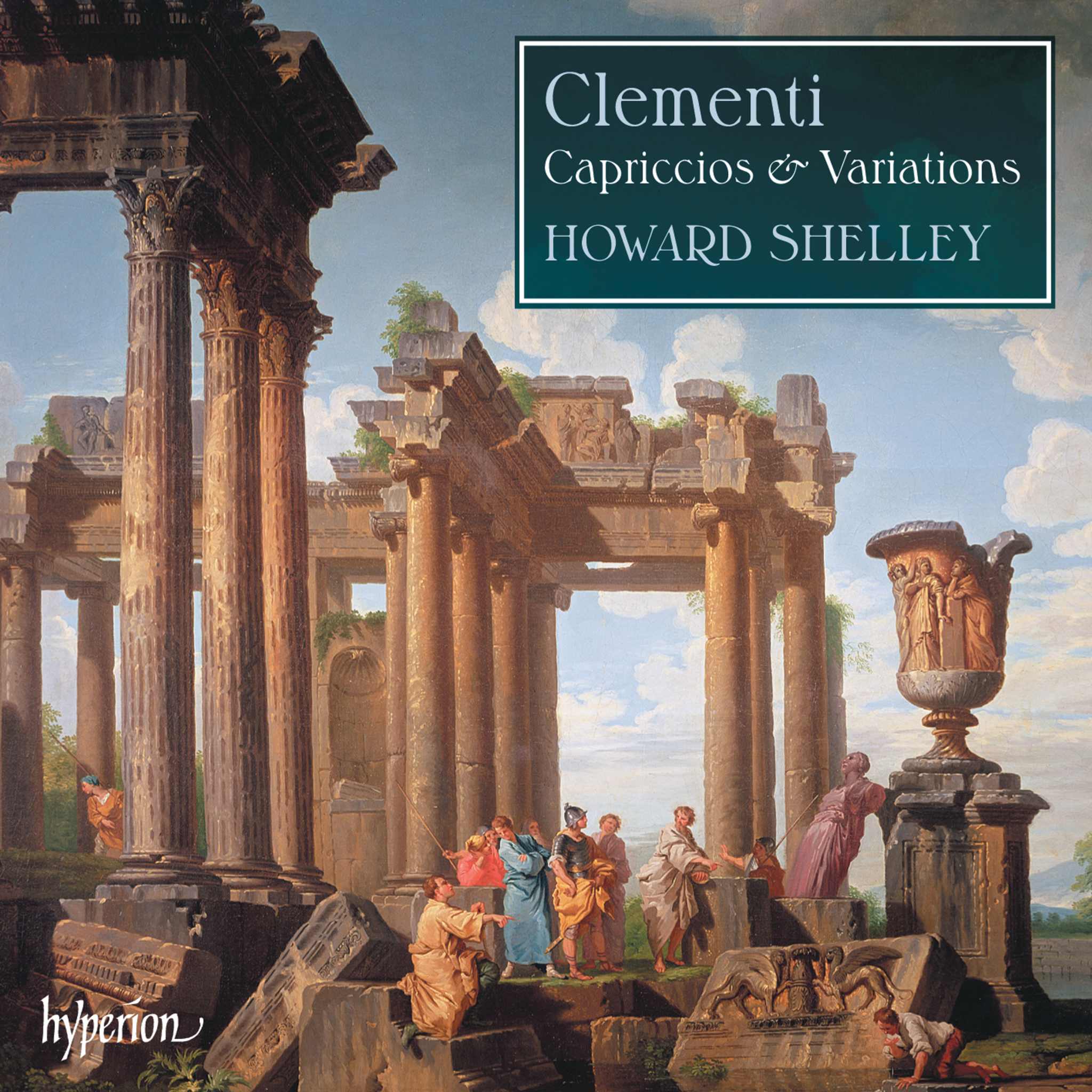Album insights
During Saint-Saëns's life, born in 1835 shortly after Beethoven's death and passing away in 1921 after World War I, he witnessed many changes, embracing some more willingly than others. Initially hailed as a modern figure until the 1880s, he staunchly adhered to classical principles, leading to a perception shift towards him being old-fashioned in later years. Defending his beliefs fervently contributed significantly to his reputation's fate among fellow composers, some of whom viewed his logical approach during the height of Romanticism with suspicion and occasional hostility.
Saint-Saëns's early display of genius was evident in his debut concert as a pianist in 1846 at Salle Pleyel, performing works from a variety of renowned composers memorized, earning comparisons to Mozart due to his exceptional talent from a young age. Despite his endorsement of German composers throughout the 19th century, he remained deeply patriotic, actively supporting French art endeavors. His membership in the Société Nationale post the Franco-Prussian War aimed to promote French music and establish a national style, revealing his dual role as a conservative and an innovative force in the 19th-century French music scene.
A largely self-taught polymath, Saint-Saëns delved into diverse fields from astronomy, geology, and sculpture to anthropology, zoology, and mathematics, showcasing his broad interests alongside his music career. His dedication across various domains was duly recognized with esteemed memberships, honors, and even a museum dedicated to him in Dieppe.
In his organ studies beginning with Alexandre Boëly, Saint-Saëns encountered varied instruments that shaped his musical journey, notably innovating as a composer and performer. His tenure as an organist at significant Parisian churches marked both artistic achievements and personal challenges, emphasizing his commitment to high standards despite facing obstacles within the church environment.
Creatively active across different periods, Saint-Saëns's organ compositions reflected his evolving style, culminating in works like the "Marche religieuse" dedicated to Queen Marie-Christine of Spain, showcasing his enduring musical output close to the end of his life. His diverse organ pieces, ranging from the early Fantaisie in E-flat major to the late Cyprès and Op. 157, underscore his musical legacy, demonstrating both traditional elegance and experimental flair that often defied contemporary trends.
Saint-Saëns's impactful contributions to organ music, enriched with historical context and personal anecdotes, exemplify his enduring influence on the French music landscape and his lasting legacy as a versatile composer and performer.









